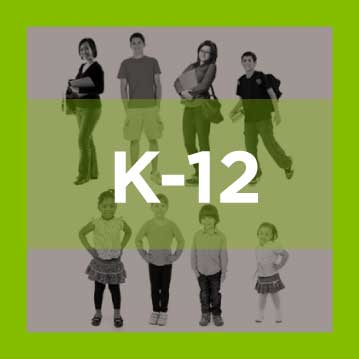At Education Commission of the States, we’re often asked about the most effective strategies for improving student achievement and closing the achievement gap. Though we do not claim to have a single definitive answer, as a clearinghouse of education research and policy, we can provide a tremendous number of resources to state policymakers and education leaders.
The Every Student Succeeds Act (ESSA) gives states and districts more flexibility in their approaches to school improvement. As states plan for and implement ESSA, we know education leaders are going to need a lot of support identifying, implementing and evaluating the success of improvement strategies. Education Commission of the States continues to support the work of state leaders by tracking what states are trying and what the research says.
It is challenging to identify effective school improvement strategies, in part because context affects how well a particular strategy works. Here are just a few considerations:
- School and Community Demographics - Is this school rural, suburban or urban? Is only one student demographic struggling or is it the entire school?
- Leadership - Does the school or district have a strong, dynamic leader? Does the leader have a strong understanding of the strategy that they can effectively communicate to staff and the community?
- Buy-in - Are staff, parents and the community on board with the selected strategy? Do they know how they can support the school improvement process? Is there a history of failed reforms in the community?
- Timing - How long will it take for school improvement strategies to show an effect? Can policies, funding and leadership remain consistent throughout that time?
What Does the Research Say?
The body of rigorous school improvement research is slim, and the strategies shown to be most effective are often complex, multifaceted programs that require long-term investments. Much of what we know from research seems obvious in principle but is tough in practice. For example, it is much easier to say that buy-in, communication and consistent funding are crucial than it is to build buy-in, implement robust and effective communication plans, and provide consistent funding. Closing a low-performing school is relatively easy, but it’s much more challenging to ensure students end up in a better school.
Remember: Your classroom, school, district and state are all opportunities to BE the research! New strategies, approaches and programs should be regularly and honestly evaluated for: a) effectiveness in improving student outcomes, and b) whether they align with the state’s overall vision and long-term goals for education.
Where Can I Learn More?
Many resources are available to support school improvement. Here are a few:
- Measures of Last Resort: Linking State and Local School Improvement Assessing Strategies for State-Initiated Turnarounds (CRPE)
- Principles of Effective School Improvement Systems (CCSSO)
- ESSA Playbook Series: School Interventions (ExcelinEd)
- Emerging state turnaround strategies (ECS)
- The Missing Link: How States Work with Districts to Support School Turnaround (Center on School Turnaround)
- Turnaround Practices Research and Evaluation Reports from the Massachusetts Executive Office of Education
- The Future of Low-Performing Schools (NASBE)
- 7 Tenets for Sustainable School Turnaround: How States Can Improve Their Lowest-Performing Schools Under ESSA
- School Improvement Grants: Implementation and Effectiveness (IES)
Stay Tuned!
Stay tuned for our future work on school accountability systems and school improvement strategies. We are in the process of updating our accountability database for the ESSA era, and will release it in a few short months! You can use this database to compare your state’s school report cards and accountability indicators to those of other states.
Tell Us About It!
Do you have a great idea/pilot program/innovation for school improvement that you’re planning/implementing/evaluating? Tell us about it! We want other education policy leaders to know what you’re up to because you’re doing important work. Tweet @JulieRoWoods with new research and innovative policies for school improvement.









